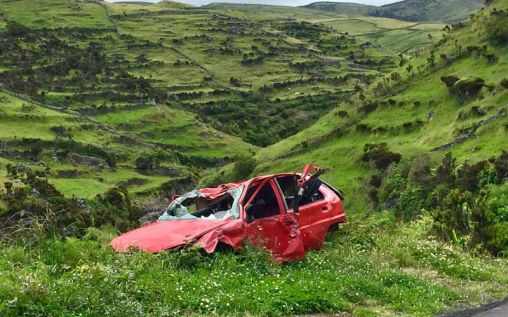What Is a Diminished Value Car Accident Claim?
Posted by admin at 8 January 2021, at 09 : 34 AM

The smoke has cleared. Insurance information has been exchanged. If you were injured in an auto accident, you’ll probably seek money for your medical expenses and the income you lost as the result of the collision. There will be money for the cost of repair as well.
Yet it’s easy to forget one important claim you’ll want to make if another driver damaged your vehicle. No matter how well it is repaired, your vehicle is probably worth less now than it was before the accident. That’s because cars that survived an accident are less valuable. If you sell it, buyers using sites like AutoCheck or autoDNA can get your vehicle’s history. The accident is a red flag that immediately reduces its worth.
The difference between what a car was worth before an accident and after (including the necessary repairs) is known as “diminished value.” Because the law is complex, and different in every state, it’s a good idea to hire a skilled attorney who can make a diminished value claim. So what exactly is a diminished value car accident claim?
Variables of Diminished Value
Insurance varies. Your car could be covered for repairs, it could even have coverage ensuring that the replacement parts are original and not third-party (optional replacement cost coverage). After all, repairing a new car is expensive.
Simple fender benders can cost thousands of dollars. That’s because technological advances like lane sensors and backup cameras are often built into bumpers bearing the brunt of a collision. Of course, if you are driving a high-mileage, older vehicle its value might actually go up after the accident. For new cars, however, the value loss is significant.
Insurance companies generally use the 17c Diminished Value Formula that lets them assess the vehicle’s new value after an accident. Named after a Georgia claims case, it’s a fairly complex formula that usually caps the loss at ten percent of the car’s market value. A $20,000 car couldn’t have a diminished value claim above $2,000, for example.
That number is further reduced by examining the specific damage incurred –– from a multiplier of one for the car’s structure to .25 for minor panel damage. If the car has over 100,000 miles, the multiplier is zero –– meaning you probably wouldn’t have a diminished value claim.
Types of Claims
It’s no fun when a brand new car is damaged. If you have a recently purchased new vehicle, you may want to file a claim for “immediate diminished value.” This needs to be done before the car is repaired. In most cases, your claim will be seeking the “inherent diminished value” –– the depreciation which occurs after an accident no matter how well it is repaired.
However, if the value is further reduced by incompetent work, then your best bet is a “repair-related diminished value” claim. This looks at how shoddy work impacted the value of your car by further lowering the amount you could receive by selling the vehicle.
Remember, you are not required to accept the amount calculated by the insurance company –– especially if you suspect your car’s market value is higher (which means the ten percent cap will be higher as well). You’ll need to have an independent appraisal.
The insurance company may have relied on what is called a “desktop” appraisal. This is where your vehicle is not inspected and the appraiser relies on online information and assumes the repairs were high quality without the need for a repair-related diminished value claim. Often costing as much as $200, a “true appraisal” means the appraiser physically inspects your vehicle and determines the repair’s true quality.
If you are hiring your own appraiser, the National Association of Professional Appraisers can assist you. Either way, it’s a complex process but it helps insure that insurance covers the accident’s many, varied costs.
